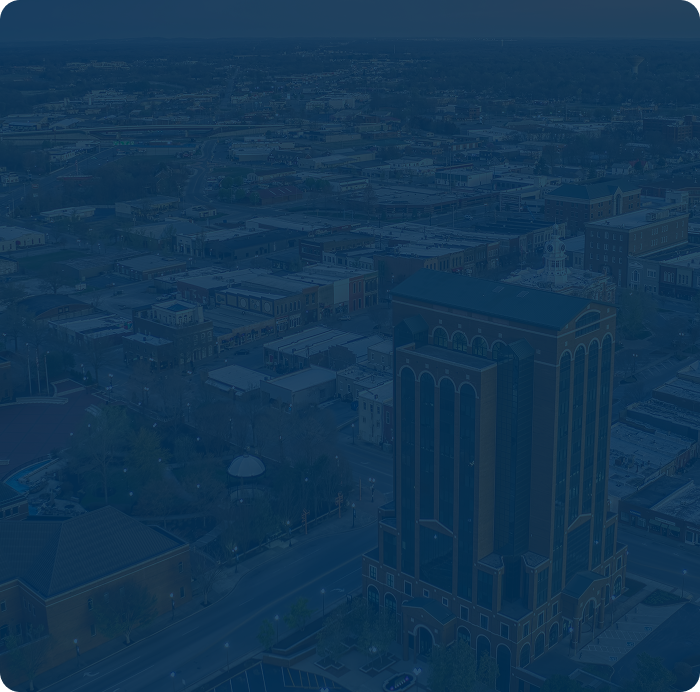§49.2 Driving with Obstruction to Vision
The Case: Davis v. Wilson , 522 S.W.2d 872 (Tenn. Ct. App. 1975), perm. appeal denied, (May 12, 1975).
The Basic Facts: This is an action for personal injuries resulting from an automobile collision. The defendant appealed the jury verdict for the plaintiff on the basis of plaintiff’s contributory negligence in driving with a partially obscured windshield.
The Bottom Line:
- “Defendants next insist that plaintiff was negligent in cleaning only one half or less of his own windshield and that he negligently drove directly into the left side of defendants’ trailer. This Court cannot say that the evidence, viewed in the light most favorable to plaintiff, shows him to be guilty of proximate contributory negligence as a matter of law, hence this Court cannot set aside a jury verdict on this ground.” 522 S.W.2d at 876.
- “Defendants rely upon testimony that only part of plaintiff’s windshield was clear of frost, that, by plaintiff’s own admission, his vision was obscured by condensed fog on the windshield at the time of impact; and that plaintiff was driving 50 miles per hour. Of course, driving a vehicle with no vision whatsoever would be negligence as a matter of law; but objscured [sic] vision is less than perfect vision, which is a matter of degree, and projects issues of fact for the jury as to how badly the vision was obscured, whether a reasonably prudent person whould [sic] have attempted to drive under such a handicap, and whether the obscurity of vision was one of the proximate causes of the collision.” Id. at 876-77.
- “Defendants rely upon plaintiff’s statement at the scene that, ‘… the glare of the truck hit my windshield. The glare on the windshield blinded me… .’ Apparently defendants insist that being blinded by glare of headlights on a windshield partially obscured by frost constitutes negligence as a matter of law. This Court cannot agree with such insistence. It is well known that the formation of ice, frost or fog upon a windshield in certain weather conditions is not noticeable until emphasized by a beam of light. Whether such a situation confronted plaintiff in this case was for the jury.” Id. at 877.




